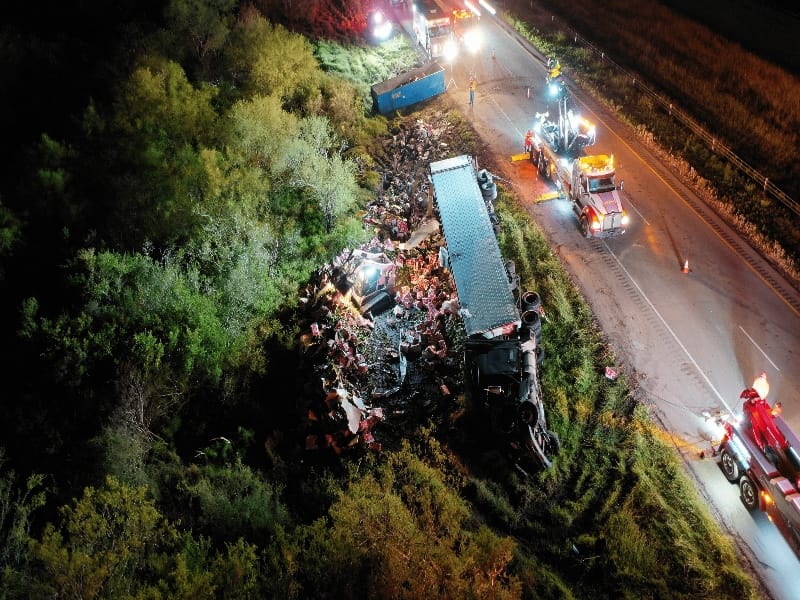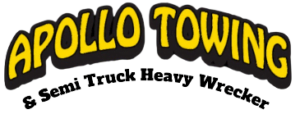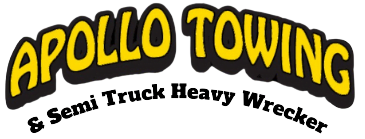No Time to Wait
Every second counts when traffic is backed up on the interstate. A jackknifed semi, a toppled load of timber, or a multi-car pile-up. Each of those situation demands immediate, calculated action. That’s the job we step into during an I-37 heavy recovery: fast-moving, high-risk, and absolutely critical to restoring order on the road.

Recovery Goes Beyond Towing
When a major wreck clogs I-37, recovery is only part of what needs to happen. There’s debris to clear, fluid spills to contain. We might even have to deal with cargo that’s either scattered or dangerously positioned. If we don’t act fast, stalled traffic turns into secondary accidents. That’s why we come prepared to manage the entire scene.
We don’t just show up with a truck. We show up with a plan.
We coordinate with police and fire departments. Once the scene is secure, we figure out the fastest way to remove everything—vehicles, cargo, debris—without making a bigger mess. Our role is to stabilize, clear, and reopen lanes as quickly as possible.
What Slows Down a Scene
A lot can go wrong during an I-37 heavy recovery. A flipped box truck in a narrow shoulder. A semi that spilled a trailer full of produce across two lanes. In some cases, we’ve had to extract vehicles pinned against concrete barriers or recover trailers dangling off embankments.
Here’s what we watch out for:
- Traffic approaching at full speed around a blind curve
- Leaking fluids near hot engines or damaged fuel tanks
- Drivers trapped or cargo that needs securing before movement
- Coordination delays with other agencies on scene
Every hazard adds time. And time adds risk. That’s why we train to make decisions fast and move even faster.
Our Gear Gets It Done
When it comes to I-37 heavy recovery, not all tow trucks are built equal. For serious wrecks, we deploy heavy wreckers with rotator arms that let us lift and reposition without blocking extra lanes. We bring landoll trailers for compromised vehicles and skid steers to push or scoop debris. If we need to offload cargo first, we call in forklifts or cranes.
We also use lighting rigs to keep the scene visible during night jobs, and we carry absorbents and containment tools for spilled fluids.
But gear alone doesn’t clear a scene, our crew does. We train for worst-case scenarios. That way, when the real thing hits, we’re not figuring it out for the first time.

Apollo Towing Handles the Toughest I-37 Heavy Recovery Calls
We don’t clock in for light-duty work when it comes to I-37 heavy recovery. Our I-37 heavy recovery team can handle the messy, the time-sensitive, the high-risk jobs that can’t wait. With every I-37 heavy recovery we undertake, our focus is on coordination, clear thinking, and knowing how to handle chaos under pressure. That’s what we do. Every day, every call.
So when a wreck shuts down the interstate and time is ticking, we’re already on the way: ready to clear the road and get traffic moving again.

